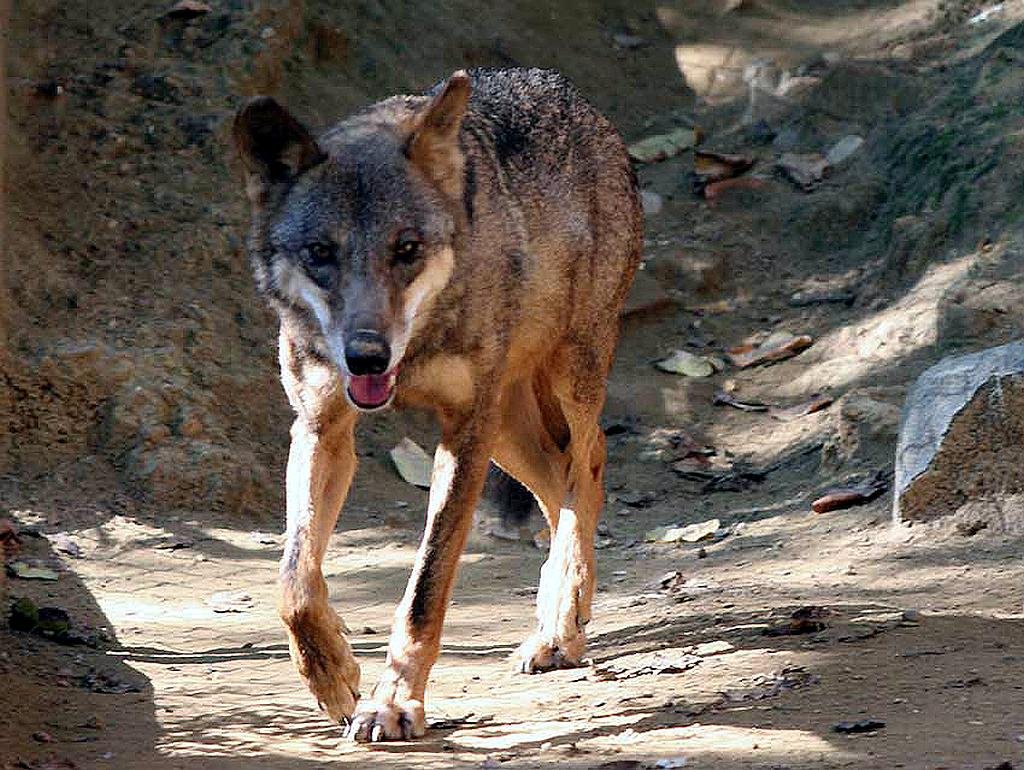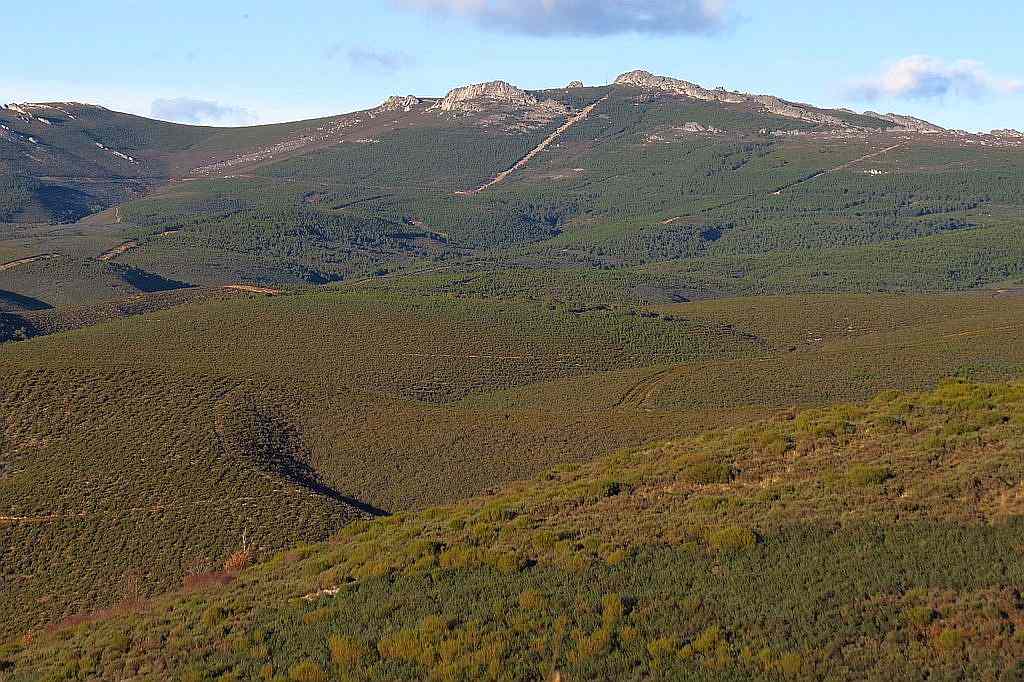- Region: Castilla y Leon
- Province: Zamora
- Status: Regional Hunting reserve. With its definitive protection status yet to be determined. In recent years, there has been a debate over the proposal to declare this mountain range a natural park, a measure that has been opposed by the residents of the municipalities affected, as they consider it detrimental to their economic interests.
- Area: The Sierra de la Culebra covers an approximate total area of 70,000 hectares, of which 61,305 hectares have been designated as a Site of Community Importance (LIC), and 67,340 hectares were declared a national hunting reserve in 1973, later converted into a regional hunting reserve since 1996. It is also part of the “Plan de Espacios Naturales Protegidos de Castilla y León” and is part of the Meseta Ibérica biosphere reserve.
- Nearby towns and villages: Pedralba de la Pradería, Puebla de Sanabria, Ferreras de Abajo, Ferreras de Arriba, Ferreruela, Tábara, Manzanal de Arriba, Otero de Bodas, Villardeciervos, Figueruela de Arriba, Mahíde, Riofrío de Aliste
Introduction to the Sierra de Culebra
The Sierra de la Culebra is a Spanish mountain range located in the northwest of the province of Zamora and the autonomous community of Castilla y León. It’s main value lies in the large population of Iberian wolf with the highest concentration in Spain. Populations of red deer, roe deer and wild boar are also very significant.
The name of this mountain range is thought to have been inspired by its undulating contours, which bear a resemblance to a snake, hence its name “Sierra de Culebra” (Snake Mountain Range). However, another theory suggests that the name could have stemmed from the historical presence of snake species, including the smooth snake, the horn-nosed viper, and the whip snake.
The area continues across the border and is included in the Portuguese Natural Park of Montesinhos. Its small elevations range from 800 to 1,200 meters in height. Reforestation pine is dominant in the mountains, although native forest masses of oak, Spanish oak, and chestnut are also present. In the scrublands, heather and rockrose are the dominant plants.
The area has also become famous as a starlight destination. The Starlight Foundation is a non-profit organization that was founded in 2009 to promote the protection of the night sky and the development of “astrotourism” and there is an ever growing list of starlight destinations in Spain to visit.
The Sierra de Culebra: A land of wolves.
This mountain range is internationally renowned for being home to one of the most precious faunal treasures and a symbol of conservation efforts—the Iberian wolf. Its vast expanse allows for days of exploration through wide, untouched natural spaces, far from human presence. It stands as one of the premier destinations in Spain for wolf observation.

I’ve been living in this lovely area of Western Andalucia for the last 20 years or so and dedicate most of my time to the running of English language tourist information websites for the towns of Cádiz, Ronda, Grazalema, the famous or infamous Caminito del Rey, and also Wildside Holidays, which promotes sustainable and eco-friendly businesses running wildlife and walking holidays in Spain. My articles contain affiliate links that will help you reserve a hotel, bus, train or activity in the area. You don’t pay more, but by using them you do support this website. Thankyou!
